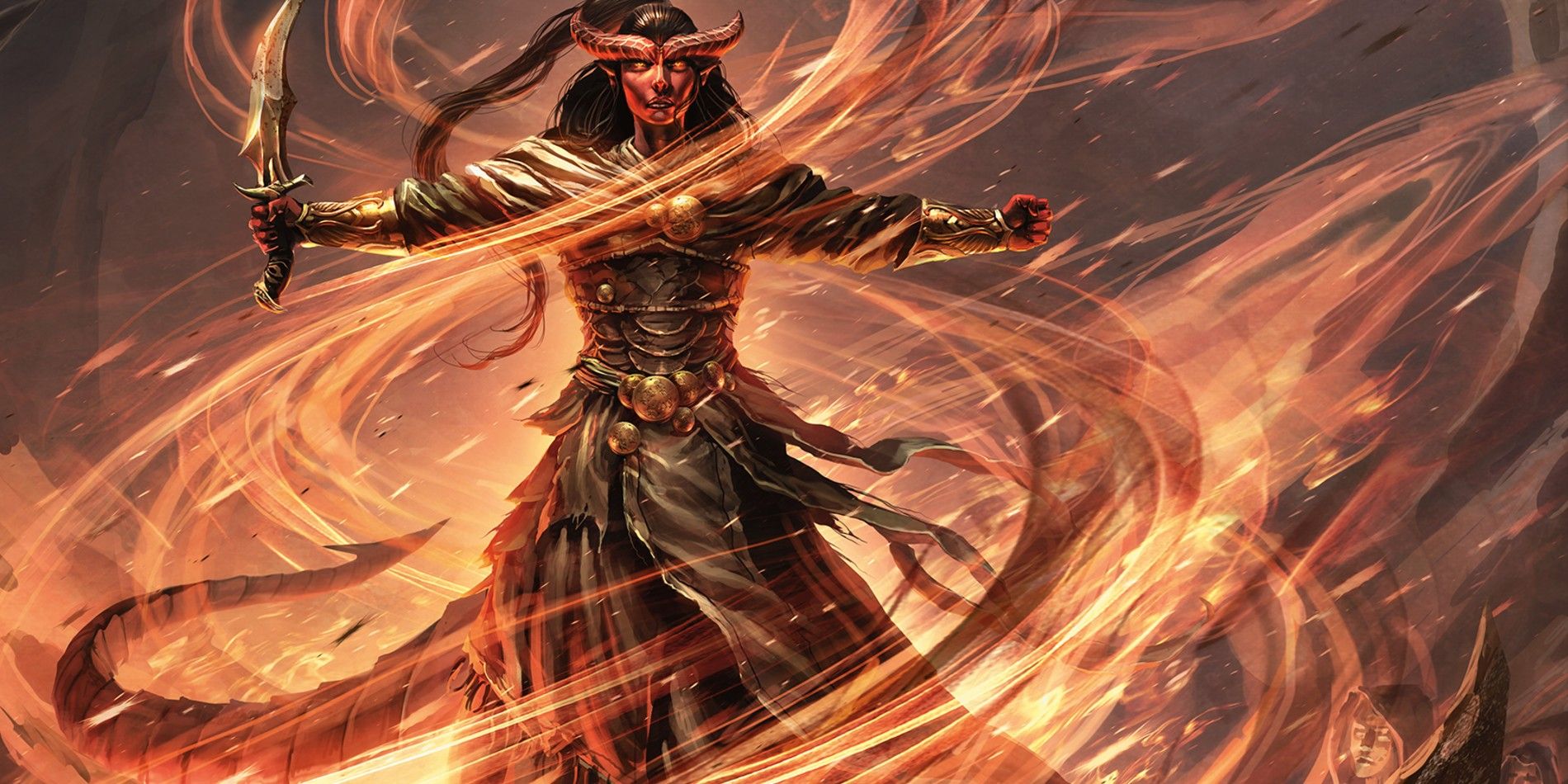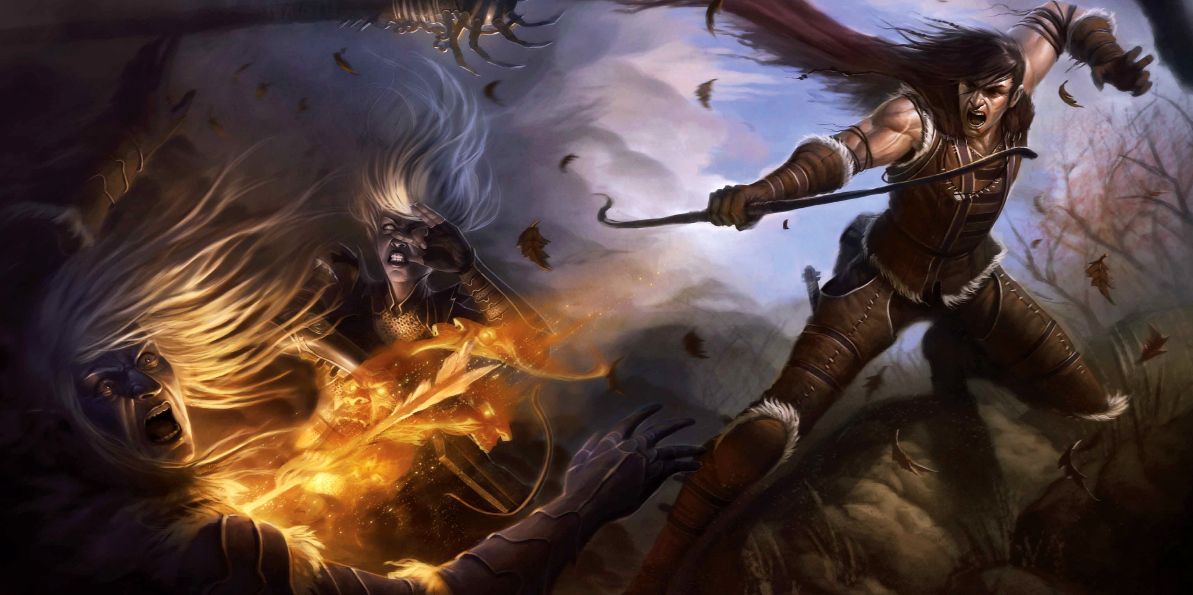For spellcasters in Dungeons & Dragons, increasing caster level to access the game’s most powerful spells is paramount to success, so any multiclassing requires careful consideration. Despite this, a single level in Fighter provides significant advantages, and Wizard builds starting as a Fighter will be more survivable and less of a liability to their parties. Concentration is a vital spellcaster mechanic, and the Fighter proficiency in Constitution saving throws helps with rolls required to maintain spells. Using a similar build, almost any caster class can become significantly more durable, though classes like Sorcerer and Artificer gain less from this approach due to their inherent proficiency in Constitution saves.
The armored D&D Wizard can function as most any race, but a Variant Human is ideal. Selecting Toughness as the starting racial feat allows the subsequent Wizard levels’ Hit Point gains to maintain pace with a Fighter, when using the fixed HP value rules. Starting statistics, when using the point buy system, should include a 16 in Intelligence and Constitution, and a 14 in Dexterity to optimize the benefits of medium armor. Variants of this built involving other spellcasting classes should replace Intelligence with the primary casting stat of the class they intend to focus on. As medium armor does not have any Strength requirement, investing in Strength is not required, and Dexterity serves as an alternate Fighter prerequisite for multiclassing.
The Fighter Class Fighting Style selection should be the Defense style. Wearing Half Plate medium armor, a shield, and gaining +1 to Armor Class from the Defense style offers this character an impressive 20 AC without taking any magical equipment into account. For the single Fighter level before multi-classing to a spellcaster, the character can rely on a Dexterity-based weapon like a Rapier or fire a crossbow. Once the character hits level 2, they can keep using a shield and use their offhand for spellcasting, relying on spells and cantrips instead of weapons. The casting stat is of utmost importance for improving spell DCs and spells based on attack rolls, so the choices at Wizard level 4 and 8, which will come at character level 5 and 9, should increase Intelligence to the inherent maximum of 20.
A Single Fighter Level Makes Surviving Easier On A D&D Wizard
At Wizard 12 the build can add the Warcaster feat, which allows spellcasting without a free hand and using spells in place of melee attacks for Opportunity Attacks, and it also provides advantage to the Constitution saving throws made to maintain spell Concentration. Paired with the Constitution saving throw proficiency from the starting Fighter level, this helps in maintaining spells, and the high armor class will minimize successful attacks against the character. Magically enhanced armor is rarer than weapons, but shields are not, meaning the character can expect a reasonably steady increase to AC through magical shields as they become available. Final feats can go to universally beneficial choices like Lucky, or Elemental Adept for damage-focused casters.
Using this build, players can create any type of Wizard, but the School of Abjuration Wizard subclass pairs well to provide further defensive buffs and unequaled skill countering enemy spellcasters. Arcane Ward absorbs a scaling amount of damage for the Wizard, and the Spell Resistance feature gained at Wizard level 14 provides Advantage on all saving throws against spells plus Resistance to all spell damage. The Wizard level 10 ability Improved Abjuration lets the character add their proficiency bonus to checks made as part of spells like Counterspell and Dispel Magic, improving the odds of successfully canceling enemy magic with Counterspell or removing buffs with Dispel Magic.
A wizard that is one level behind on spell progression faces some difficulties, but the benefits gained from the single Fighter level make surviving the low levels in D&D, where a Wizard is typically very vulnerable, more manageable. Whatever subclass the player prefers, the Wizard class offers versatility, and the build’s strong Concentration saves allow them to capitalize on both party buffs (like Haste and Greater Invisibility) and spells like Banishment and Maze that take powerful enemies out of an encounter. Preparing a blasting spell like Fireball helps for clearing out clusters of weaker monsters, and Elemental Adept can make elemental damage more reliable. The armored Wizard lets the character contribute powerful arcane spellcasting to aid a Dungeons & Dragons party, while minimizing their vulnerabilities.


